As technology becomes an increasingly important factor on the battlefield, modern militaries are turning to robotics and artificial intelligence (AI) to gain tactical advantages. The war in Ukraine, while not the first conflict to feature drones, marked a turning point as these devices were deployed en masse in the air, on land and at sea. This has prompted Russia to invest heavily in military robotics, one of the areas considered strategic in its efforts to modernize its defense forces.
On October 4, 2024, Technopolis ERA, an advanced military research center in Anapa, Russia, held an important strategic meeting focusing on the future of military robotics. The meeting was attended by key figures in the defense industry, chaired by Russian Deputy Prime Minister Denis Manturov. The meeting presented a series of new robot prototypes, with close coordination between the Military-Industrial Commission and the Russian Defense Ministry to accelerate progress in the development of air and sea drones.
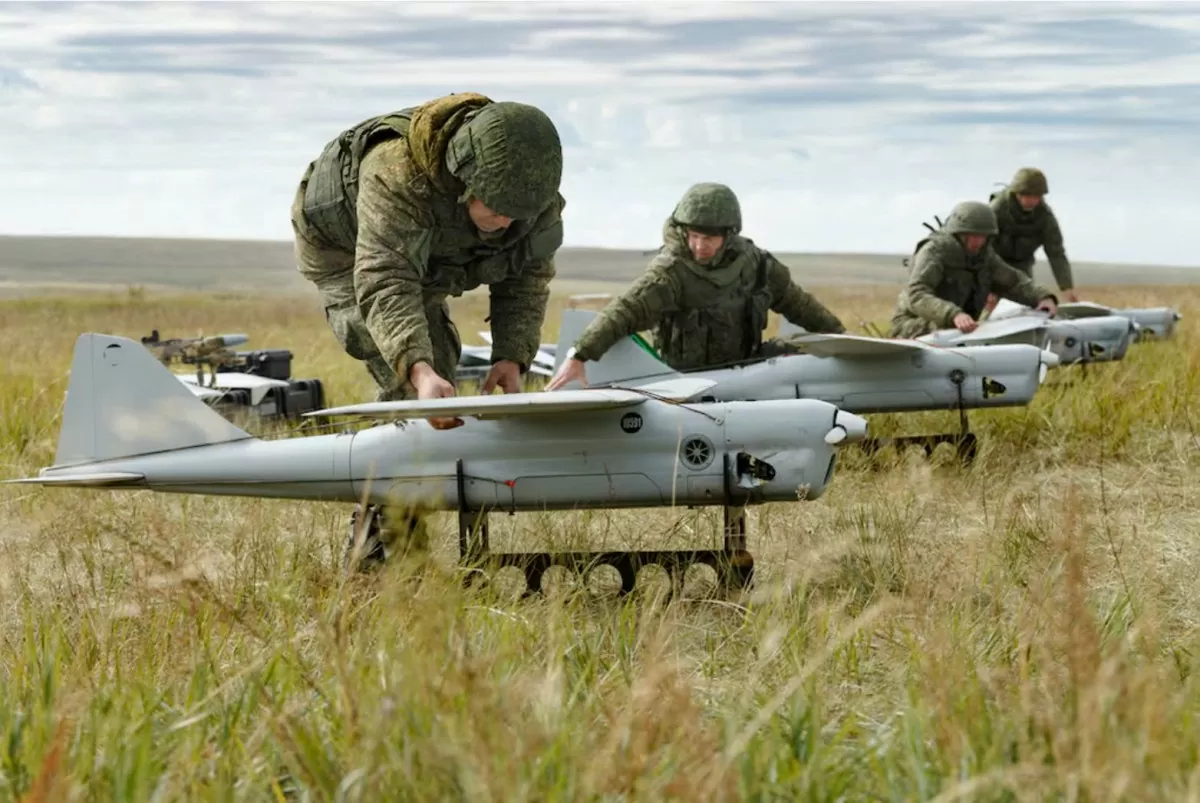 |
| Russia is pushing for the use of “swarm intelligence” where a single operator can manage a large number of drones operating simultaneously in the war in Ukraine. Photo: Ministry of Defense of the Russian Federation |
The strategic session attracted great interest as it presented ground and maritime robots developed based on the experience of the Ukrainian battlefield. The development of autonomous military robots is not only a technological innovation, but is also seen as a solution to minimize human casualties in dangerous missions while maximizing combat effectiveness. Heavy combat robots, such as those based on modified T-72 tanks, have been deployed to perform complex tasks such as mine clearance, reconnaissance and attack support.
Autonomous Robots on the Battlefield - Increasing Efficiency and Safety
The emergence of autonomous robotic systems has transformed the way Russia conducts military operations. Designed to operate in harsh environments and complex terrain, these robots combine mobility, powerful firepower, and networking capabilities, minimizing errors on the battlefield. These robots not only assist soldiers in dangerous missions, but also help them stay safe in tense combat situations.
In particular, the concept of “swarm intelligence” attracted great interest at Technopolis ERA. This technology allows drones to operate in coordinated groups, simulating collective behavior in nature. With this approach, each drone can interact with other drones to complete a mission without direct human supervision. This provides an important strategic advantage by allowing drones to automatically adapt to changes on the battlefield, while enhancing the ability to collectively attack important targets.
The use of “swarm intelligence” also allows a single operator to manage a large number of drones operating simultaneously, which not only improves efficiency but also reduces human intervention in the control process. During the war in Ukraine, Russia deployed many ground drones, notably the Uran-9 UGV, a combat robot equipped with heavy weapons such as automatic grenade launchers and anti-tank missiles. These systems are specifically designed for military operations in urban areas, where precision and agility are required.
While military robotic prototypes have shown great potential, many systems are still in the testing phase and need further refinement before being deployed on a mass scale. However, Russian military experts believe that the conflict in Ukraine has provided a valuable opportunity to test new technologies in real-world conditions. The results obtained on the battlefield will help Russia further refine and develop autonomous military solutions and better define the requirements needed to put these prototypes into full-scale service.
In addition to combat robots, Russia is also developing medical drones, such as the “Scorpion” – designed to evacuate casualties, and the “Pitbull” reconnaissance drone – to assist in intelligence and observation missions. These technologies reflect the wide range of applications that Russia hopes to integrate into its future military.
Vision of the Future - Military Robots and Defense Innovation
In the long term, the Russian government aims to transform military robotic prototypes into viable, mass-deployable solutions to meet the growing demands of modern armed conflicts. These autonomous systems will not only reduce dependence on human forces, but also open up new possibilities in military tactics and strategy. This process will not only strengthen the capabilities of the Russian military, but also spur strong innovation in the defense industry.
Technopolis ERA, as a military technology research and development center, will continue to be a strategic focal point in this technological transformation. From developing combat robots to testing and deploying autonomous technologies, Russia is taking significant steps to modernize its armed forces to better meet the challenges of modern warfare.
The integration of large-scale robotic systems into military operations is not only a technological advance, but also a key factor in Russia maintaining its strategic advantage in future conflicts. With a strong commitment from the government, Russian defense leaders believe that autonomous robots will be an integral part of their military forces in the coming years.
Source: https://congthuong.vn/cuoc-chien-o-ukraine-nga-thuc-day-su-dung-tri-thong-minh-bay-dan-cho-drone-351498.html






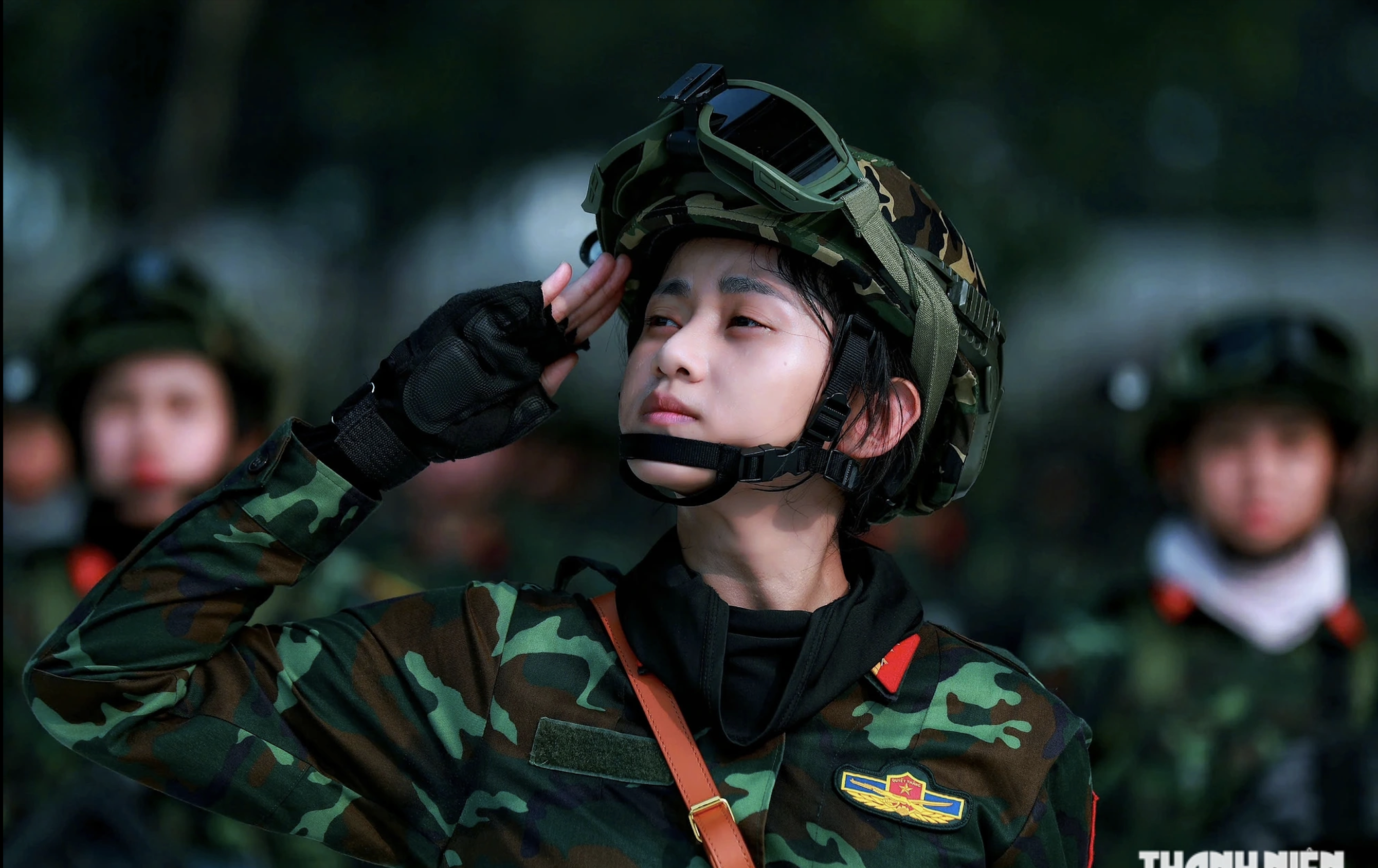
![[Photo] Closing of the 11th Conference of the 13th Central Committee of the Communist Party of Vietnam](https://vstatic.vietnam.vn/vietnam/resource/IMAGE/2025/4/12/114b57fe6e9b4814a5ddfacf6dfe5b7f)
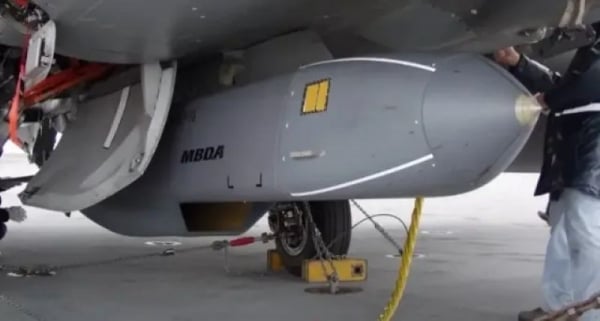
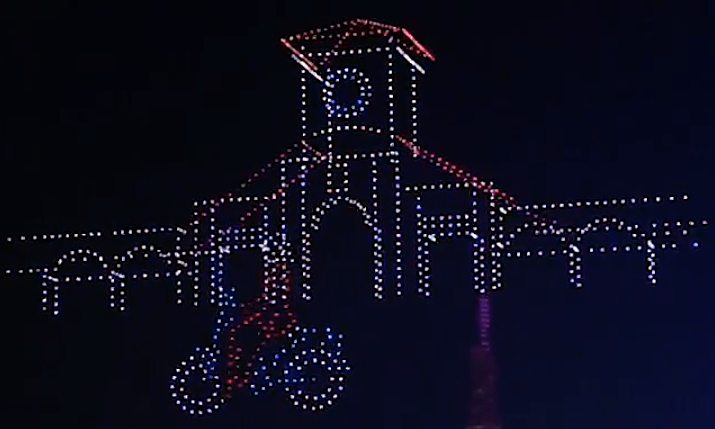

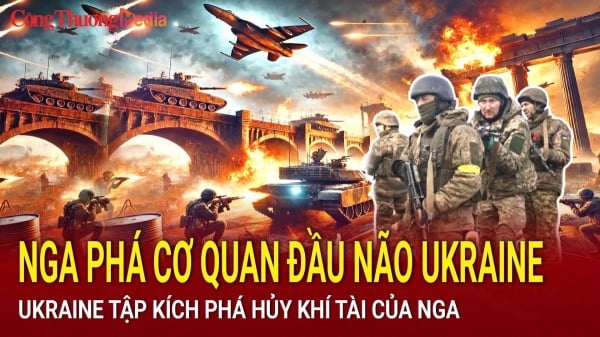
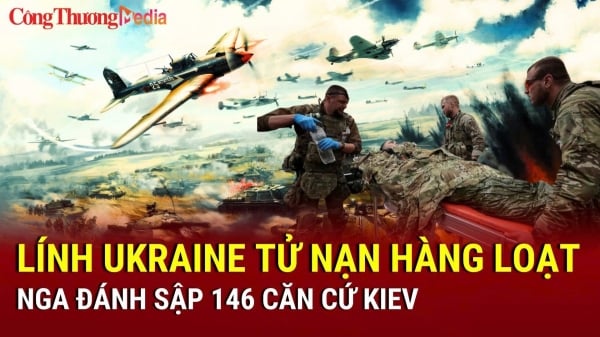
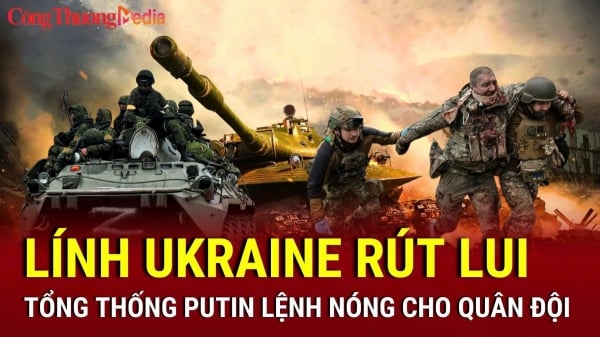
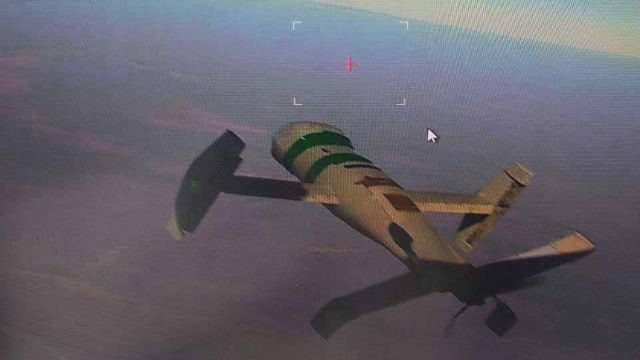

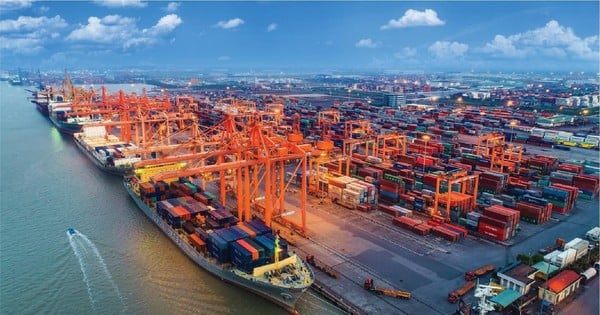
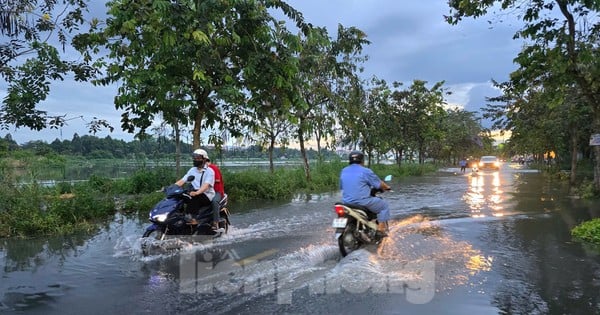
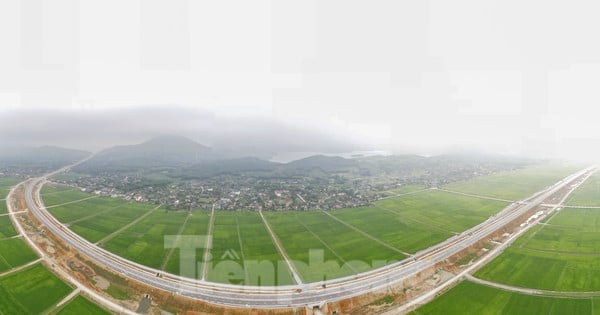
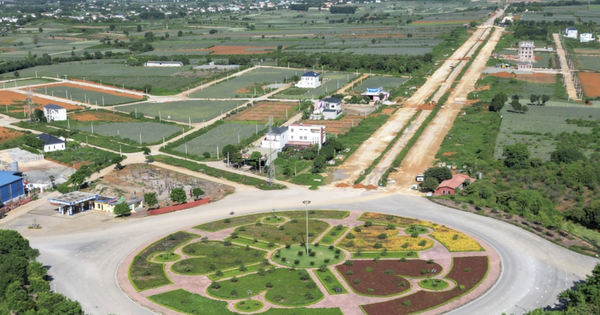

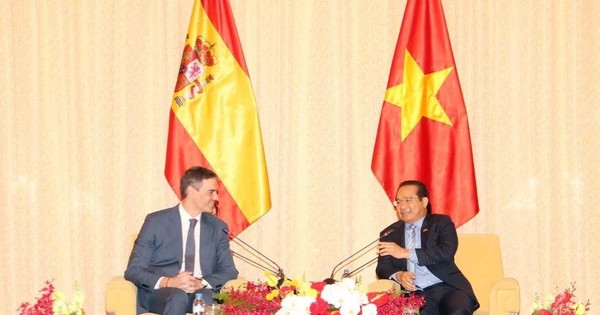



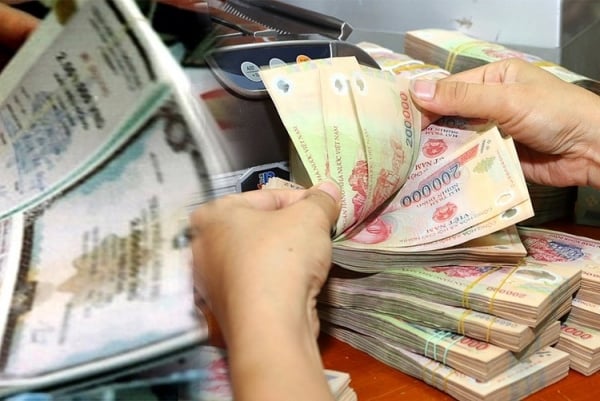
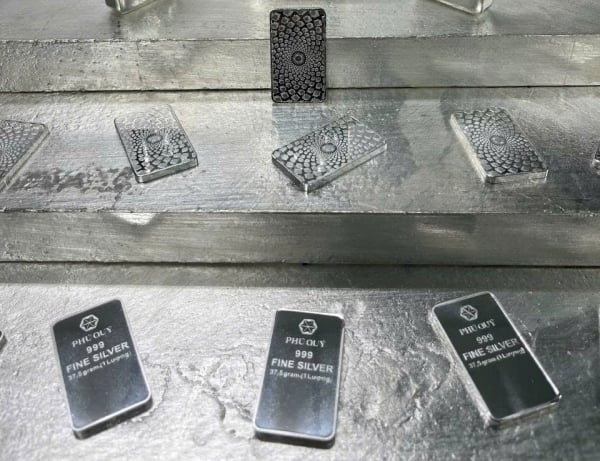
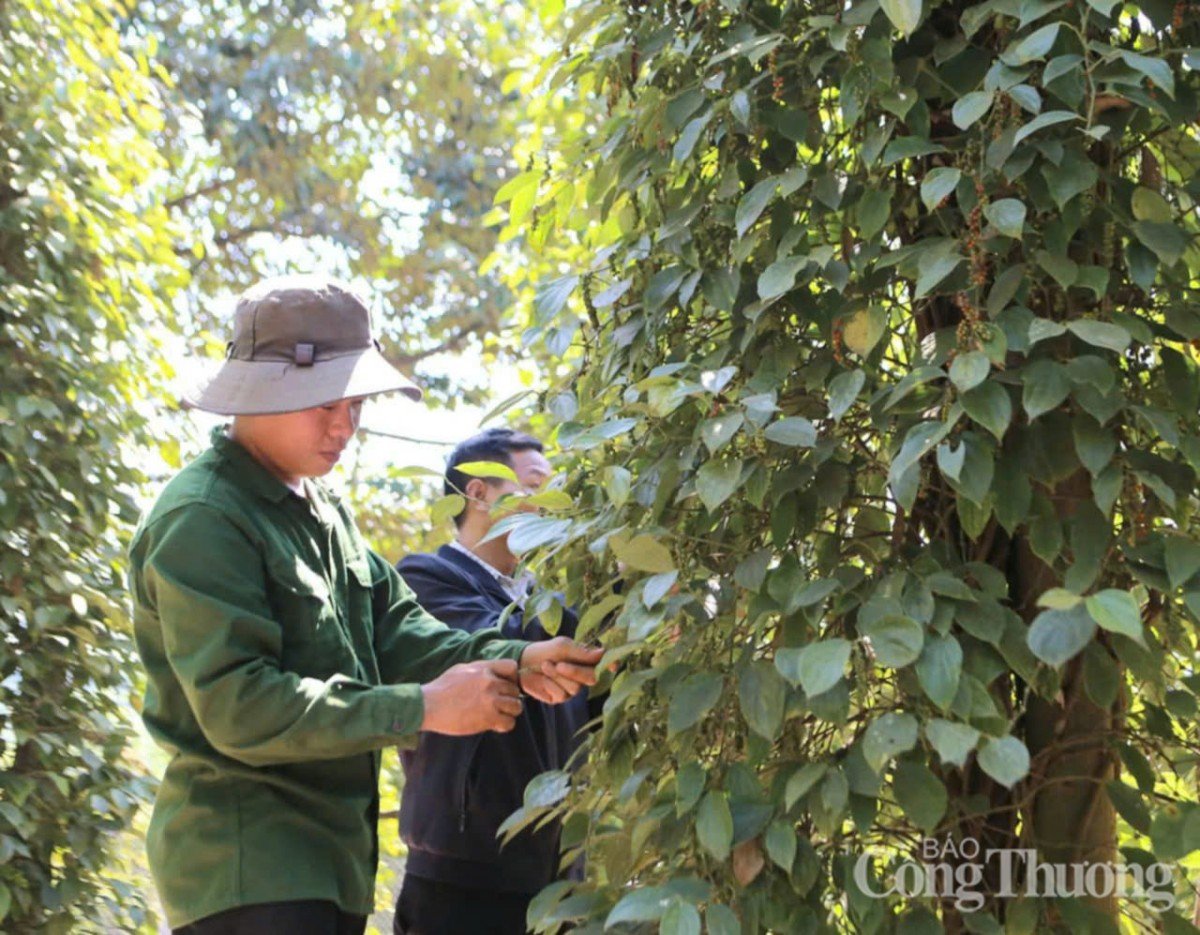


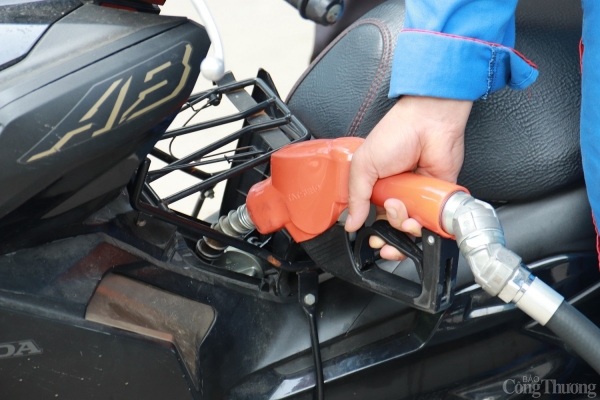
![[Photo] Overcoming all difficulties, speeding up construction progress of Hoa Binh Hydropower Plant Expansion Project](https://vstatic.vietnam.vn/vietnam/resource/IMAGE/2025/4/12/bff04b551e98484c84d74c8faa3526e0)











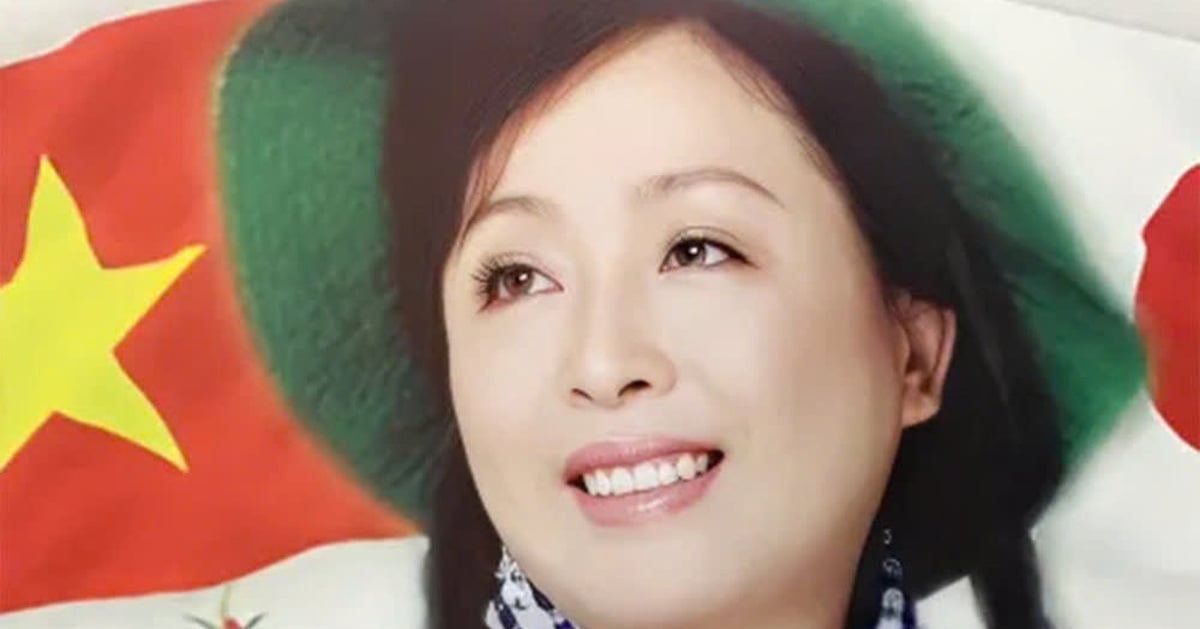



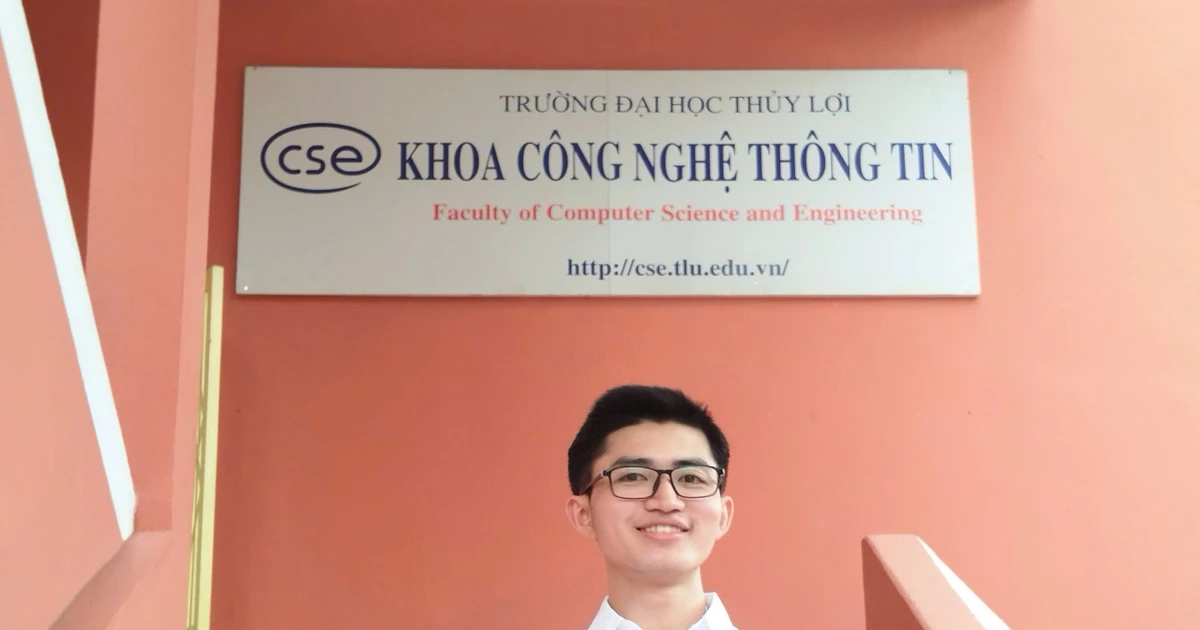













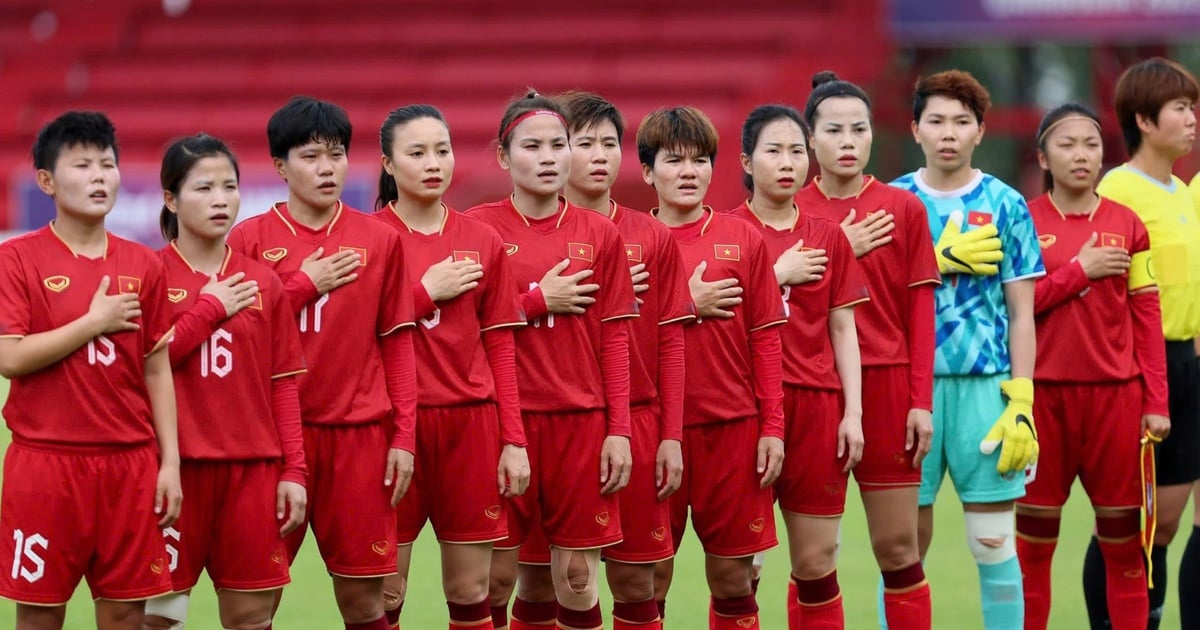

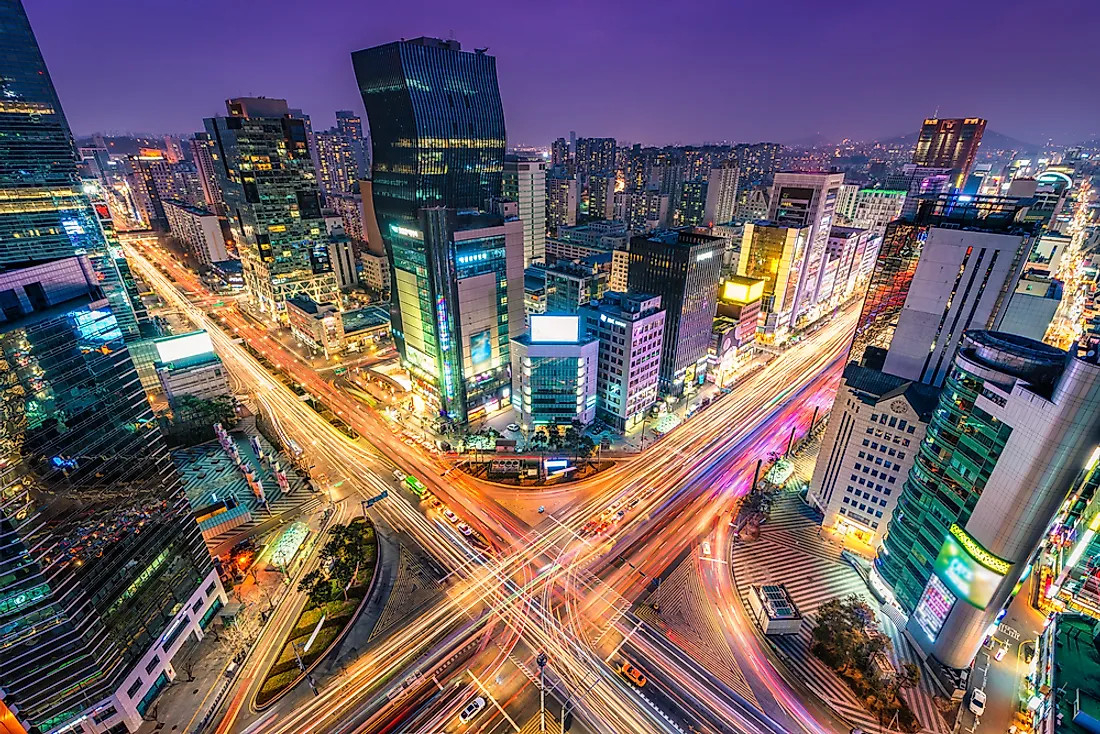


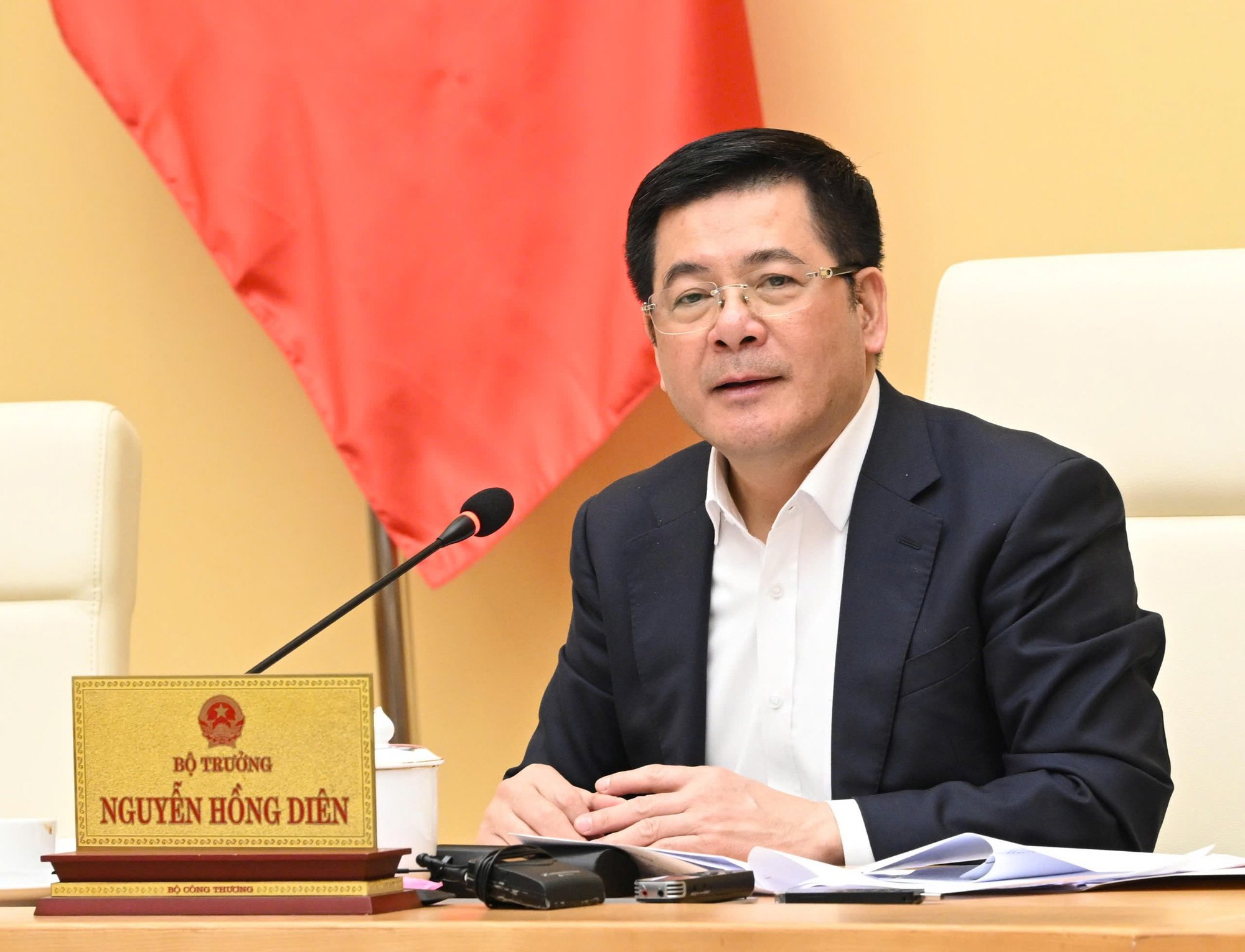
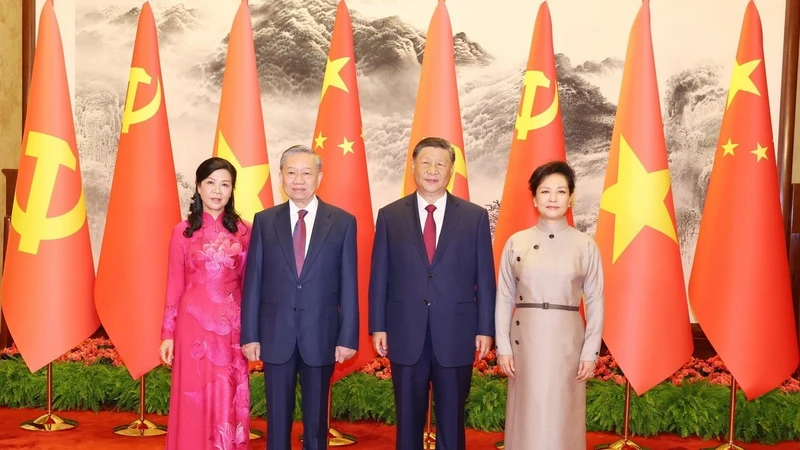








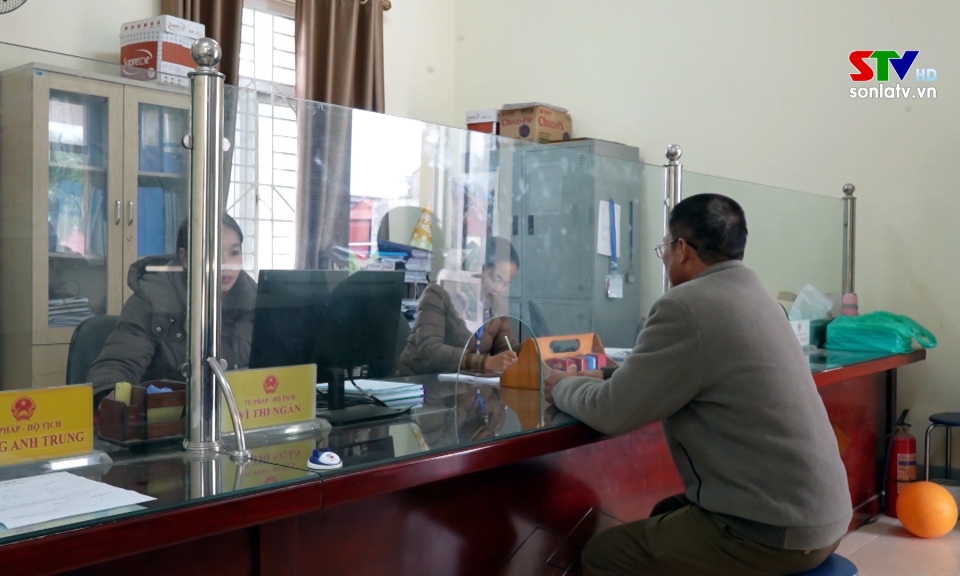





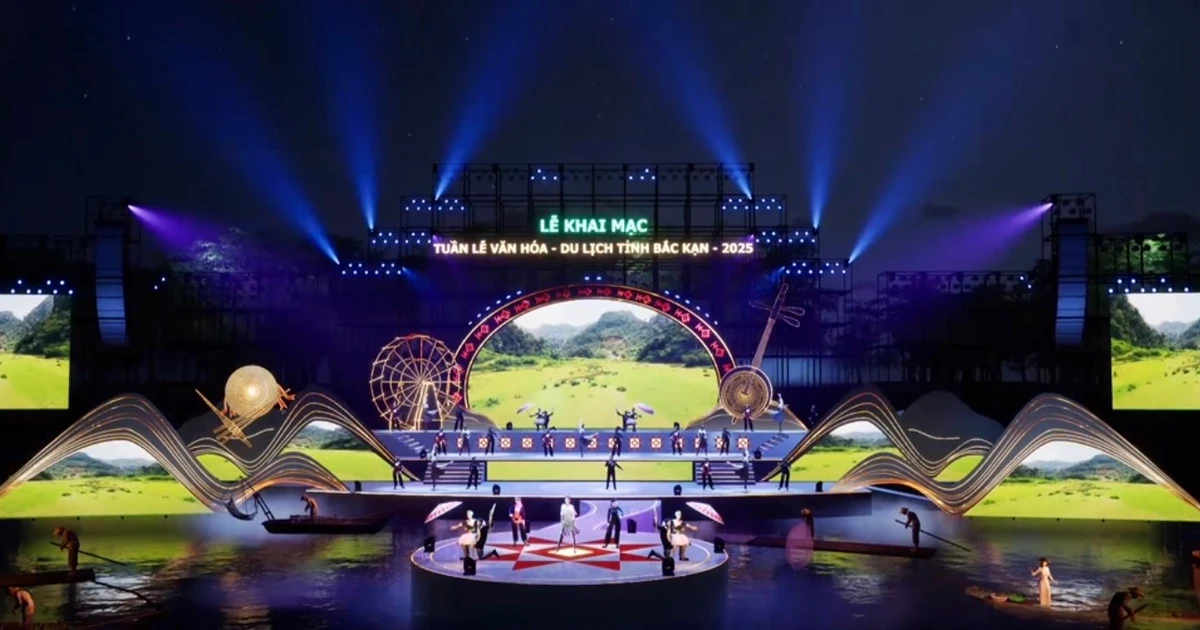











Comment (0)